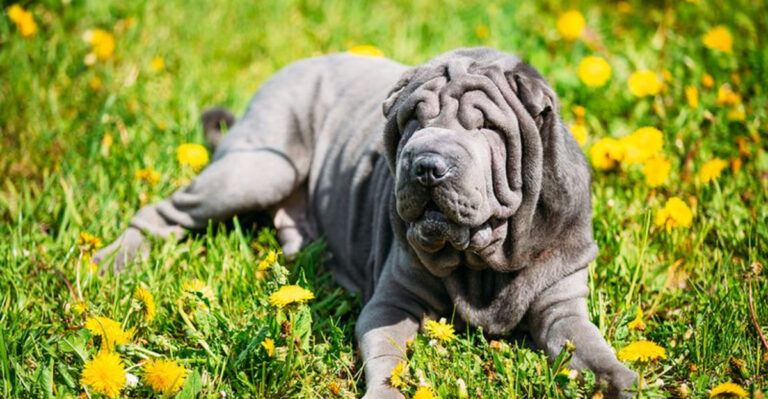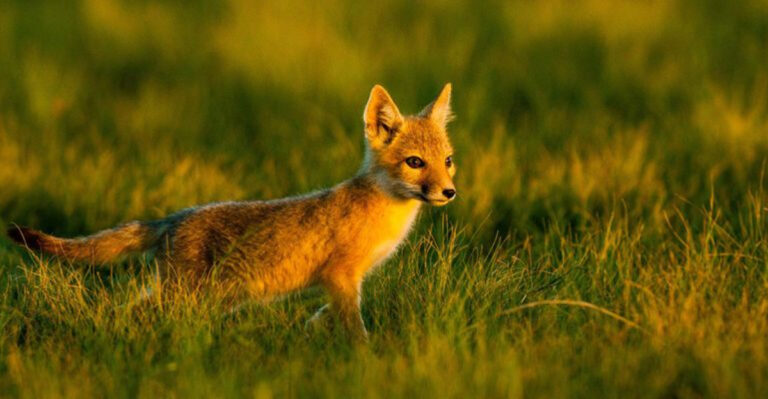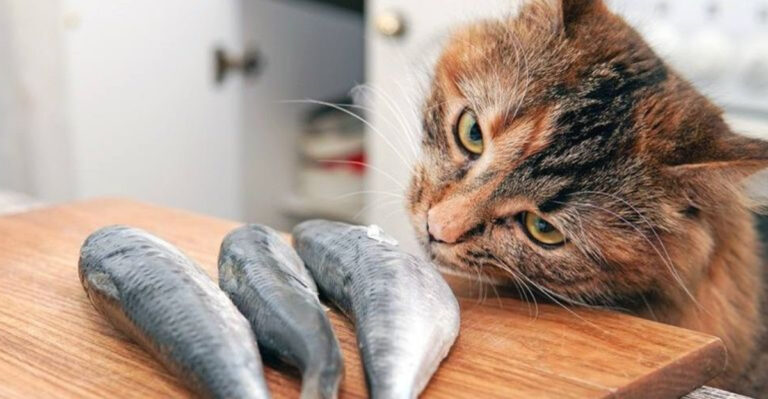15 Animals That Are Obsessed With Staying Clean
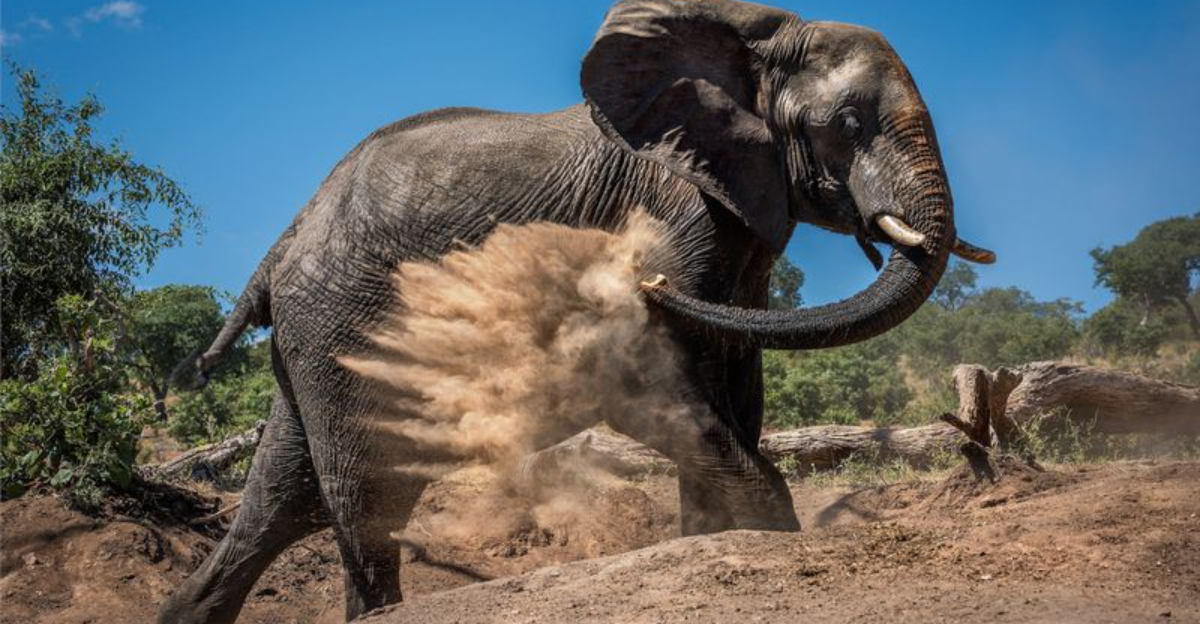
Ever wondered which animals spend their days perfecting the art of cleanliness? From dust baths to meticulous grooming rituals, some creatures take hygiene to a whole new level.
Join us as we explore animals that have turned cleanliness into an obsession. Whether it’s a fish or a fluffy mammal, these animals show dedication to keeping themselves squeaky clean.
1. Cats
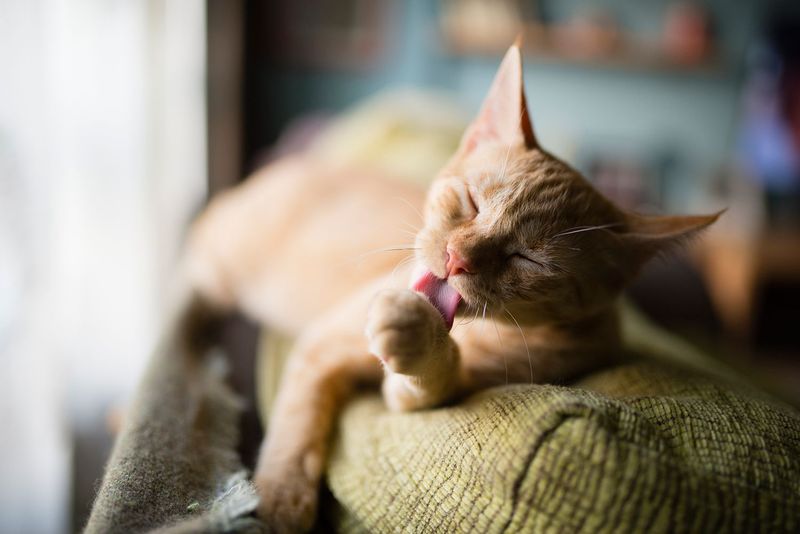
Known for their love of cleanliness, cats spend a significant part of their day grooming themselves. This helps them remove loose hairs and dirt, ensuring their fur remains pristine.
Cats’ grooming rituals are not only about cleanliness but also a form of self-soothing and relaxation.
2. Ants

Ants are the neat freaks of the insect world. They meticulously clean each other’s bodies, including antennae, to maintain colony health.
This social grooming is essential for communication, as it keeps their chemical signals clear.
3. Pigs
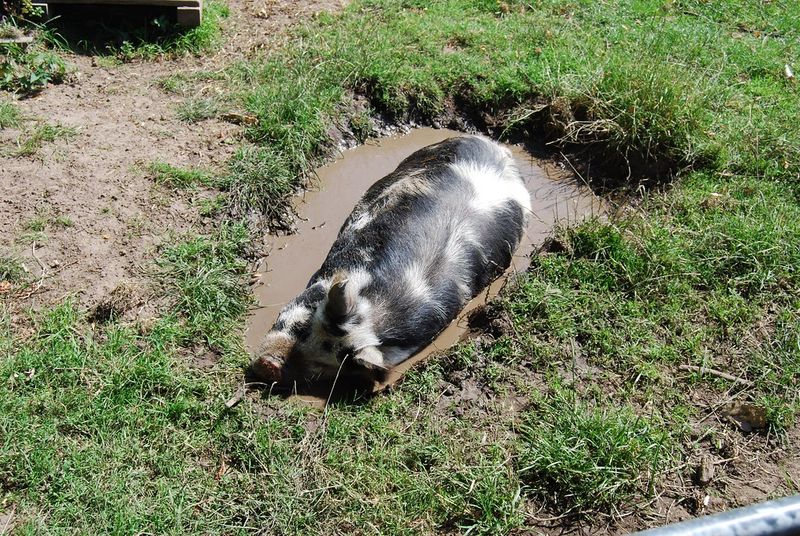
Contrary to popular belief, pigs are quite clean. Their mud baths help them regulate temperature and protect against parasites.
The mud acts like a natural sunscreen, keeping their skin from burning. Though they might look messy, pigs prefer to keep their living spaces clean and separate their bathroom areas from where they eat and sleep.
4. Birds
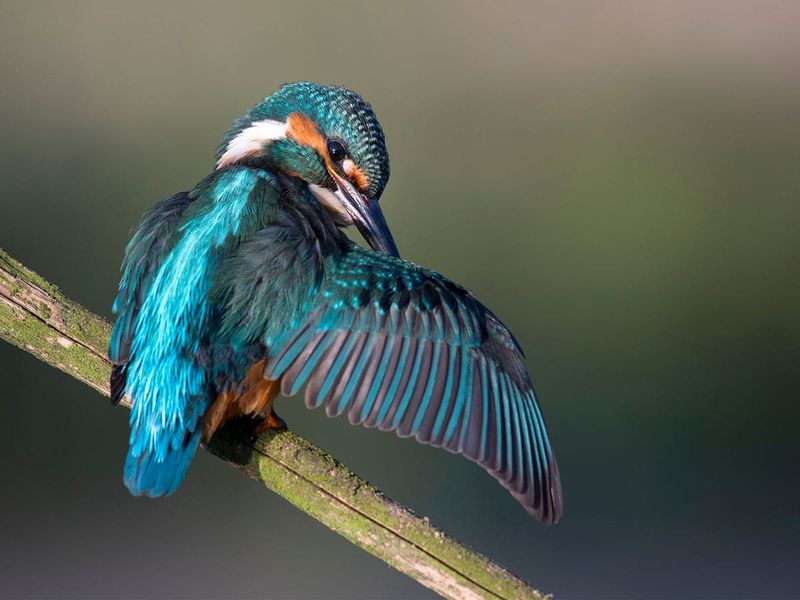
Birds often engage in preening, which involves cleaning and aligning their feathers. This behavior is crucial for flight and insulation, ensuring their feathers are in top condition.
They use oil from a gland near their tails to waterproof their plumage. Preening is not only practical but also a social activity, helping to strengthen bonds between mates.
5. Elephants
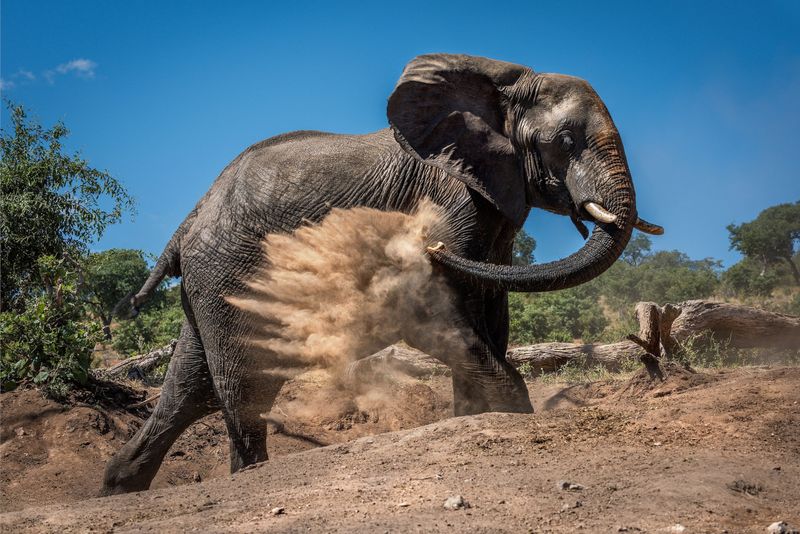
Elephants adore dust and mud baths, which might seem messy but are vital for their skin health. The dust and mud protect them from sunburn and biting insects.
After a bath, they often rub against trees or rocks to shed old skin.
6. Rhesus Macaques
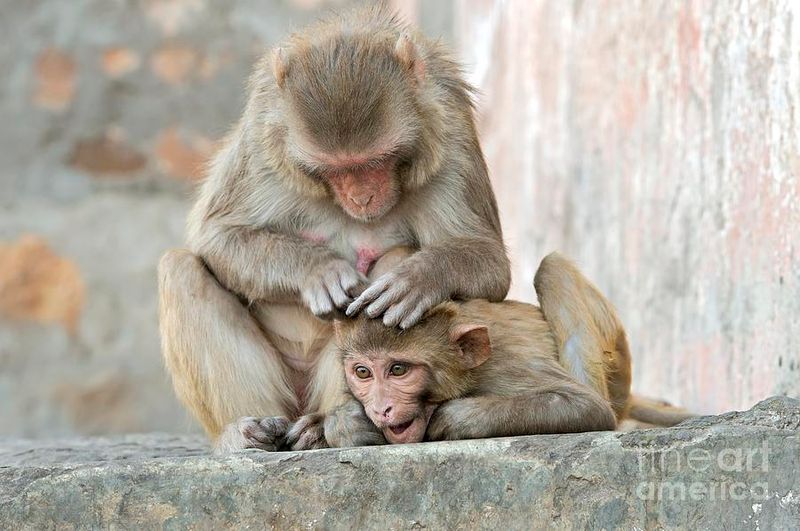
Rhesus macaques are known for their intense grooming sessions. They pick through each other’s fur to remove dirt, bugs, and loose hair.
These grooming activities strengthen social bonds and establish hierarchies within the troop.
7. Bees
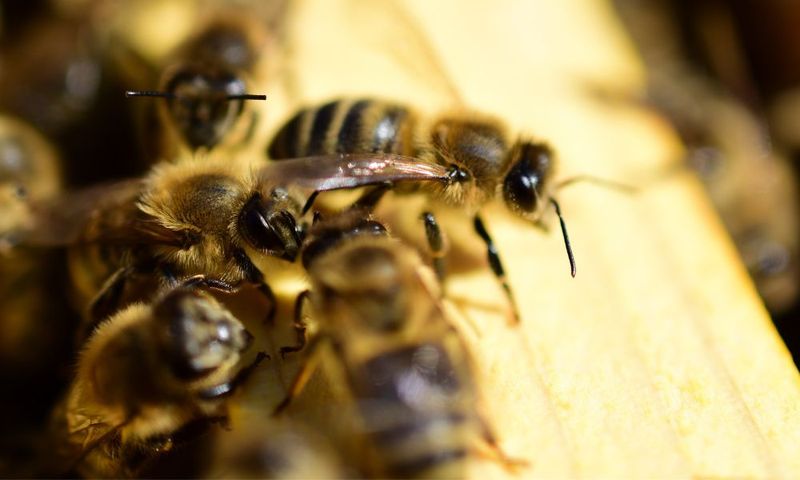
Inside the hive, rigorous grooming is part of daily life for bees. They clean their bodies to keep pollen and debris from interfering with flight or communication.
Maintaining hygiene plays a vital role in preventing disease and keeping the entire colony healthy.
8. Otters
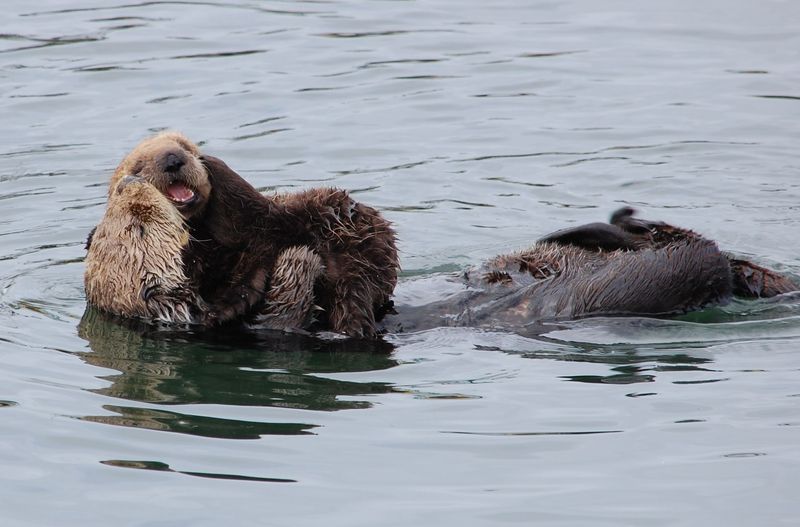
Otters keep their fur in top condition by grooming it constantly. Their dense, waterproof fur is essential for insulation in cold water.
Otters use their paws and mouths to clean and fluff their fur, ensuring it stays buoyant and warm.
9. Chimpanzees
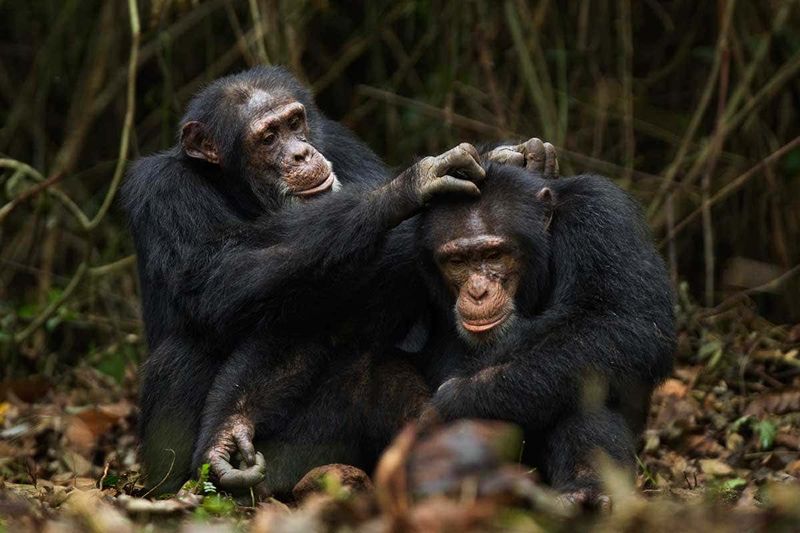
Grooming among chimpanzees is more than just hygiene – it’s a social ritual. They carefully pick through each other’s fur to remove dirt and parasites, all while strengthening group bonds.
The calming effect and alliance-building benefits make grooming a key part of their complex social lives.
10. Flamingos
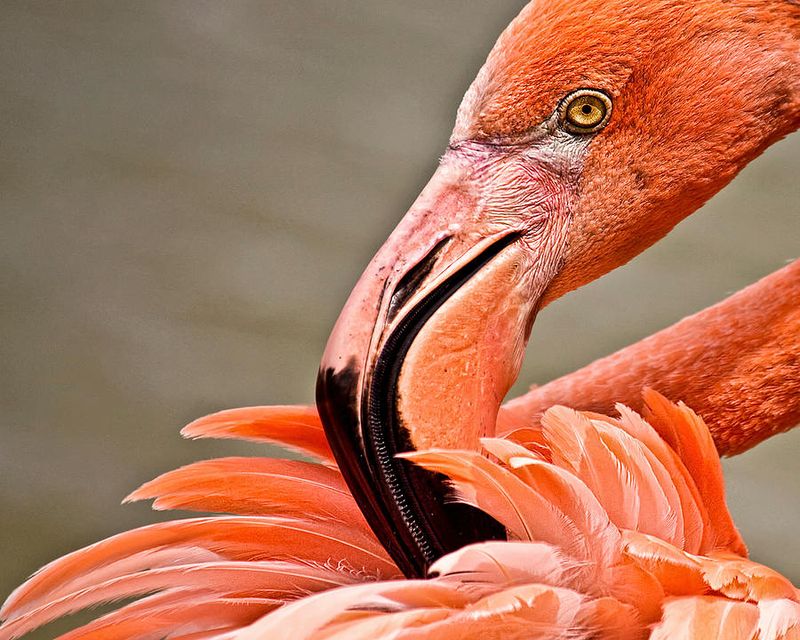
Flamingos are known for their striking appearance, maintained through regular preening. They use their specially adapted beaks to clean and oil their feathers, ensuring they stay vibrant and waterproof.
Preening is a social activity, often done in groups, which helps reinforce social bonds and keeps these elegant birds looking fabulous.
11. Rabbits
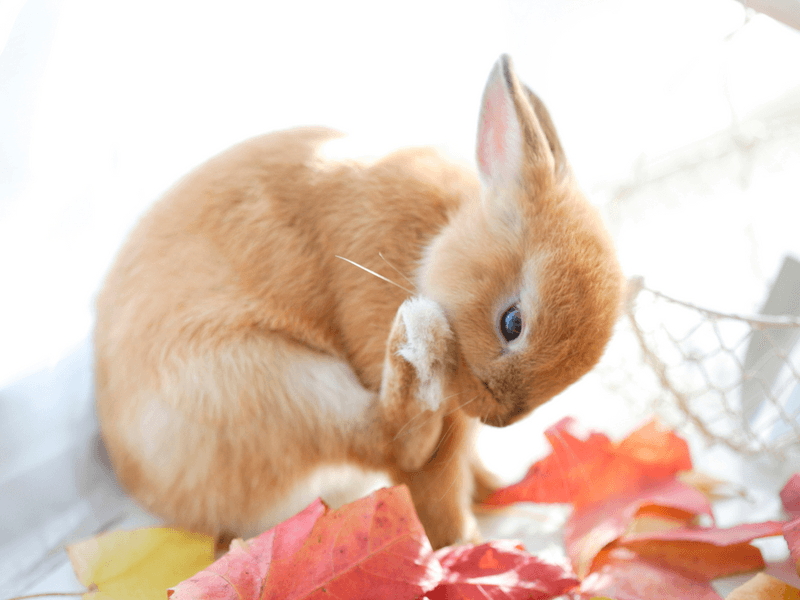
Rabbits are diligent groomers, spending time cleaning their fur to maintain its softness and remove loose hairs. They use their tongues and paws to ensure every inch is spotless.
Grooming also helps regulate their body temperature and keep them comfortable.
12. Penguins
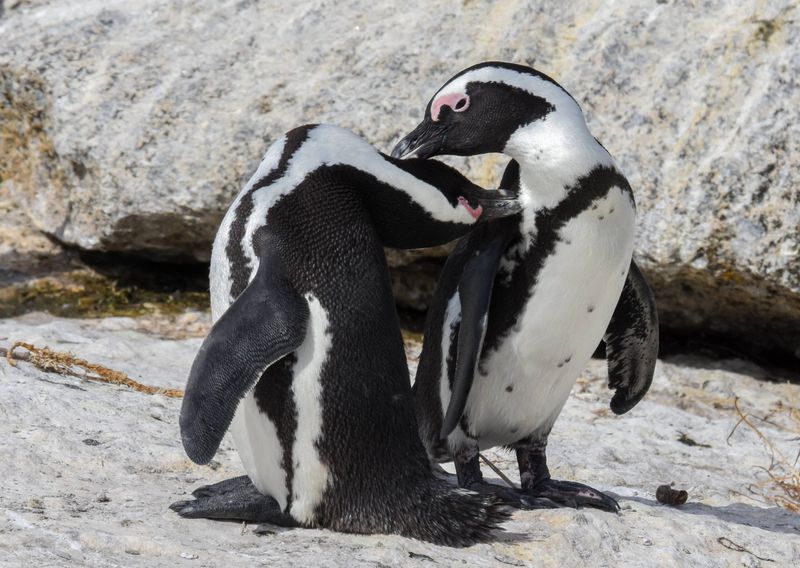
Preening is a vital routine for penguins, helping them maintain their feathers for waterproofing and insulation. Oil from a gland near the tail is spread across their plumage to keep them dry and warm.
Beyond survival, preening also plays a role in social bonding within the colony.
13. Meerkats

Meerkats engage in social grooming to maintain their fur and strengthen group bonds.
This grooming helps remove dirt and parasites, ensuring a healthy coat. It also fosters unity within the clan, crucial for their survival in the wild.
Grooming provides meerkats with comfort and security, making them a closely-knit community.
14. Cows
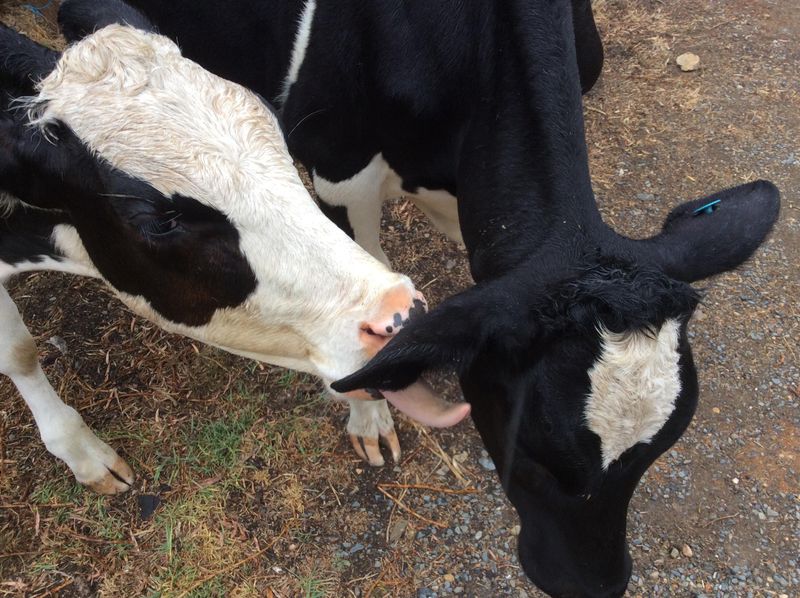
Allogrooming in cows involves licking one another to clean spots they can’t reach on their own. This shared behavior strengthens social bonds and keeps herd dynamics harmonious.
Regular grooming also helps reduce stress and supports their overall health and well-being.
15. Sea Turtles

Sea turtles rely on fish to help keep them clean. These fish remove algae and parasites from their shells, ensuring turtles remain healthy.
This mutualistic relationship benefits both parties, as fish get food and turtles stay clean.


